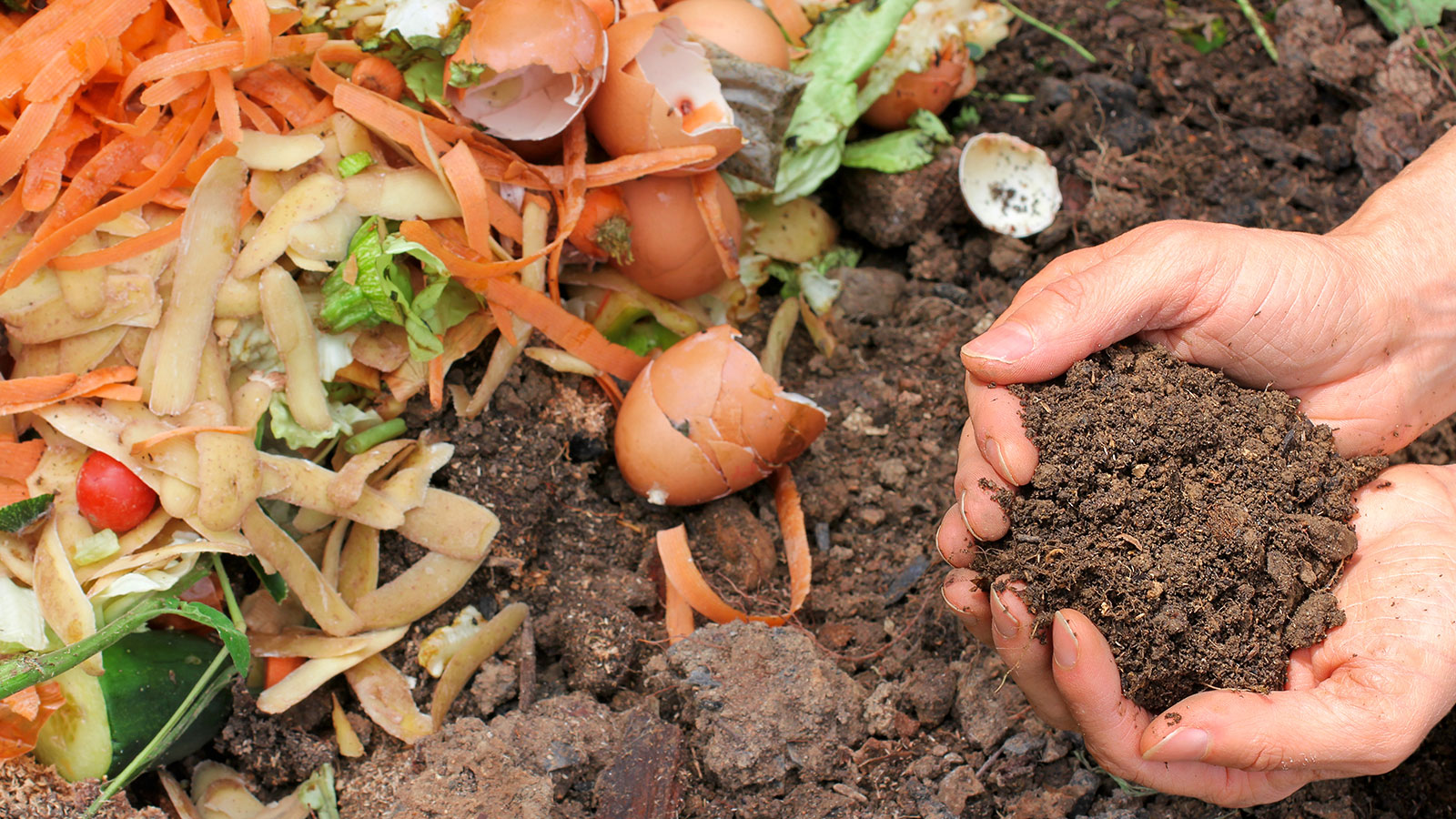
You might think you know what to put on your compost heap and what to leave out, but there are several unusual compost ingredients that most of us probably don’t think about adding. It means you could have many more potential materials to add to your heap than you realise.
The best homemade compost is created from a balanced mix of green and brown materials. The ‘green’ stuff includes lawn clippings, dead flowerheads, soft leafy prunings, and kitchen waste made up of raw fruit and vegetable peelings. ‘Brown’ waste is woody matter, prunings, twigs, shredded cardboard and paper. It degrades more slowly and helps prevent the compost heap from becoming a sloppy, smelly mess.
As well as these traditional materials, however, there are a few more surprising ones you can include too that can give your compost a boost. From old wool to the contents of your vacuum cleaner, the list of ingredients might surprise you.
Our top 10 unusual compost ingredients
Making homemade compost in your own composter is good on so many levels, saving money, helping to reduce the amount of green waste you need to take to the neighborhood green waste depot and also providing the bedrock of successful sustainable gardening.
To give your compost a boost, consider adding some of these more unusual compost ingredients.
1. Hair and nail clippings
Most people shed between 50 and 100 hairs a day, either when brushing or washing their hair or through natural loss. Instead of losing it down the plug hole (which will cause irritating bathtub drain blockages), collect your hair and add it to the compost heap. The same applies to pet hairs. After giving your cat or dog a brush, add the lost fur to the compost bucket.
Hair is a rich source of slow-release nutrients including nitrogen, one of the three essential components of fertilizer (you'll see it highlighted on plant fertilizer numbers) and is important for good leafy growth. You may also see garden birds swooping down to the compost heap to collect hair to make a soft lining for their nests and bird house.
Nail clippings can also be added to the compost heap. Like hair, they are organic and will rot down over time.

2. The contents of your vacuum cleaner
Did you know that those drifts of small grey particles that accumulate almost invisibly on our floors and are only seen when brushed up are actually dead skin cells?
Horrible, right? Well yes, but dead skin is one of the main ingredients of dust and instead of removing dust and tipping it into the bin, like all organic matter it will break down and enrich your compost.
The contents of your vacuum cleaner’s collection bag can also be added, especially if you have wool carpets as natural fibres make excellent composting material – in fact some of the best environmentally sound peat moss alternative composts are made from wool.
If you have pets you will no doubt be vacuuming regularly to get rid of hairs and smells from the carpet, so you will have lots to add to your compost heap!
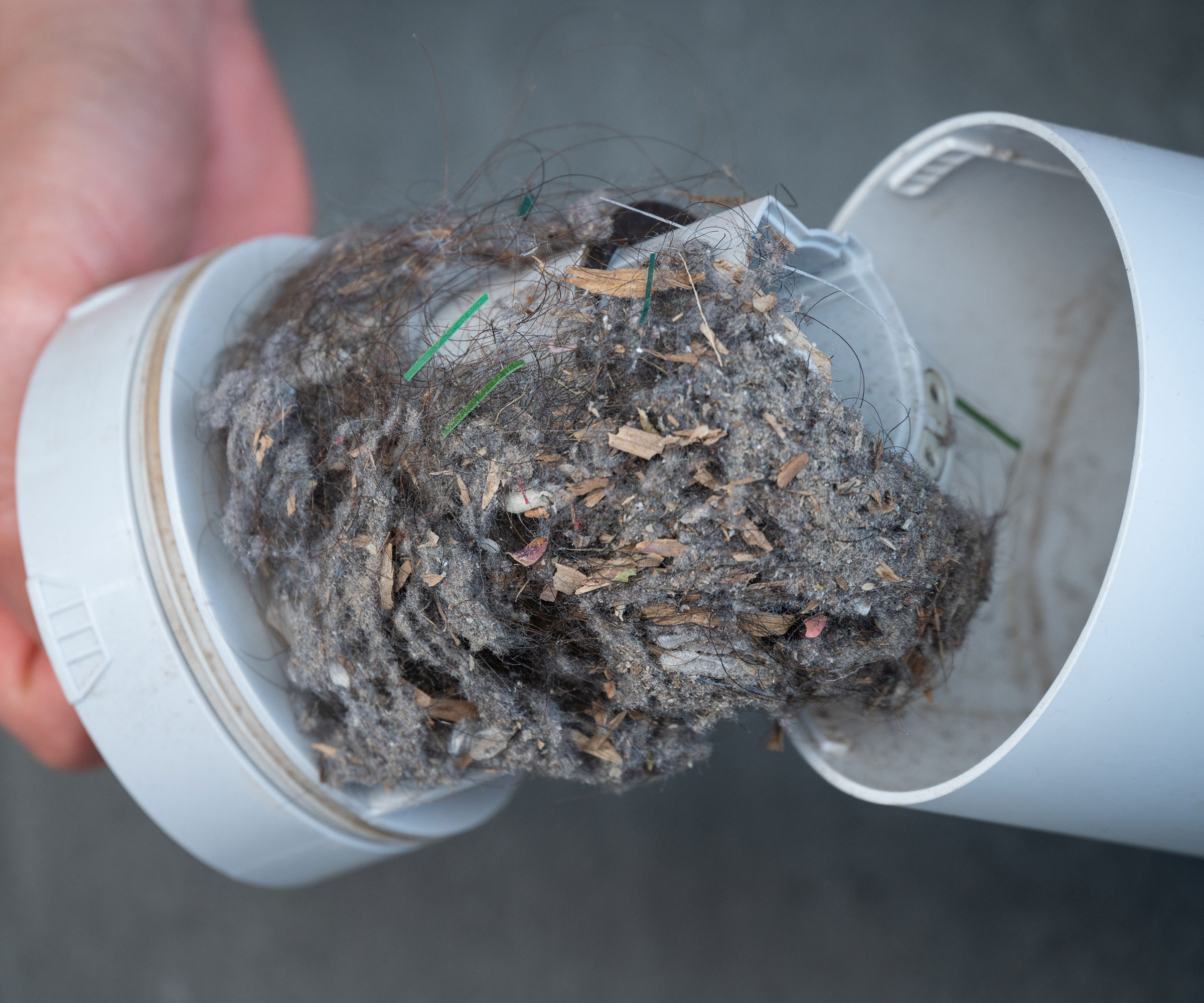
3. Wool
Do you have old wool socks that are on the point of falling to bits and can’t be darned any more? Or an old wool sweater that is past the point of repair?
If so, snip them up small and compost them! If that feels too wasteful, use the old clothes as an insulating type of mulch or unravel them and use the wool as garden twine.
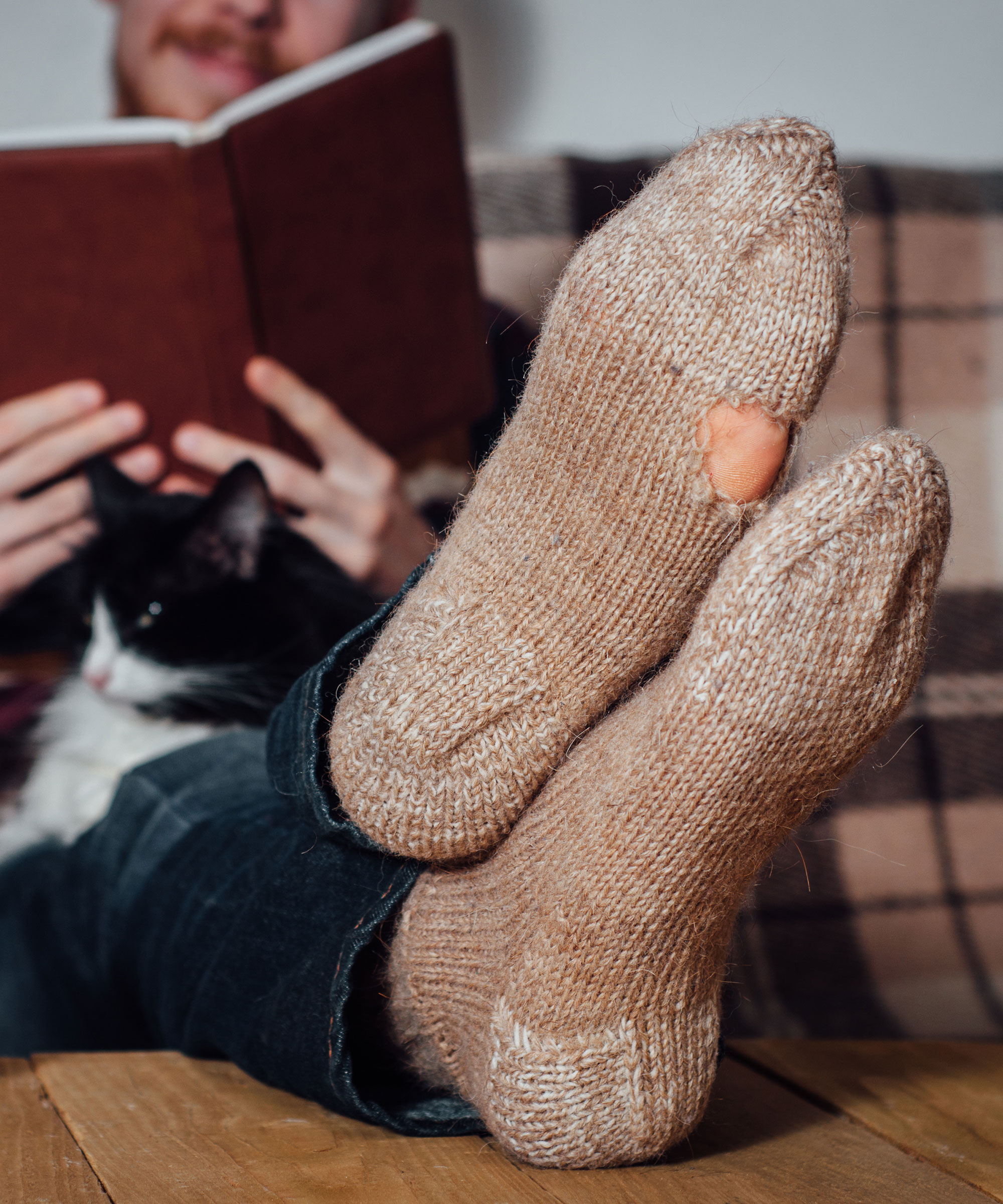
4. Fluff from the tumble dryer
We may be hesitating to use our tumble dryers in the cost of living crisis, but used wisely you can keep the costs down and get the best results.
However much you use yours, regularly removing the lint from around a tumble dryer seal is important for home safety because if too much accumulates is can be a fire hazard.
Instead of throwing it away, break it up and add it to the compost heap where the cotton and wool fibres will add structure to the mix.
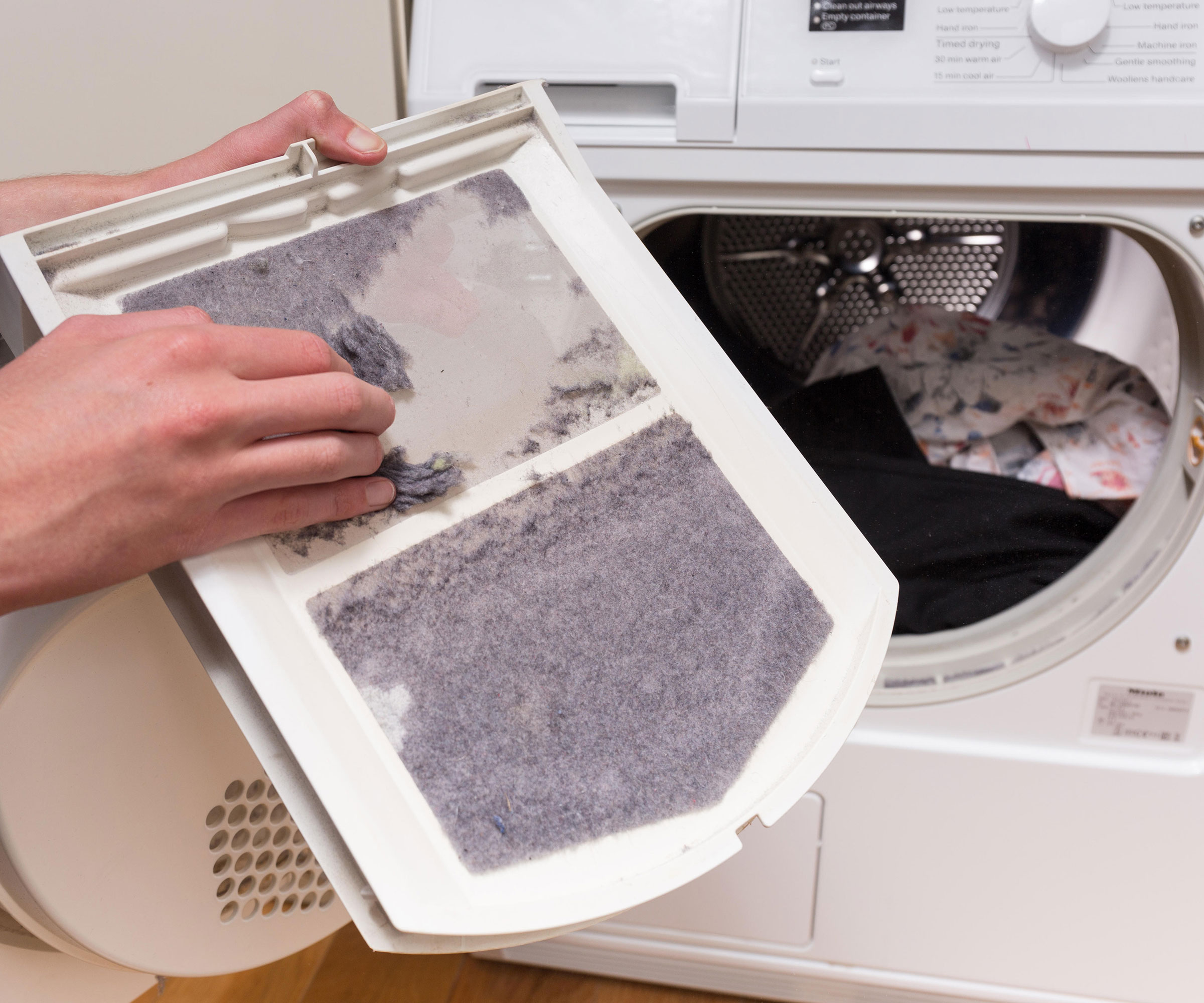
5. Used matches and wooden chopsticks
Matches and wood chopsticks can be added to your compost heap as ‘brown’ material that degrades more slowly than leaves and grass.
Always wash and cut up the chopstick before adding them to the compost, so they break down more quickly.
Most importantly, always make sure the match heads are cold before adding them – dunk them in water first if you're not sure.
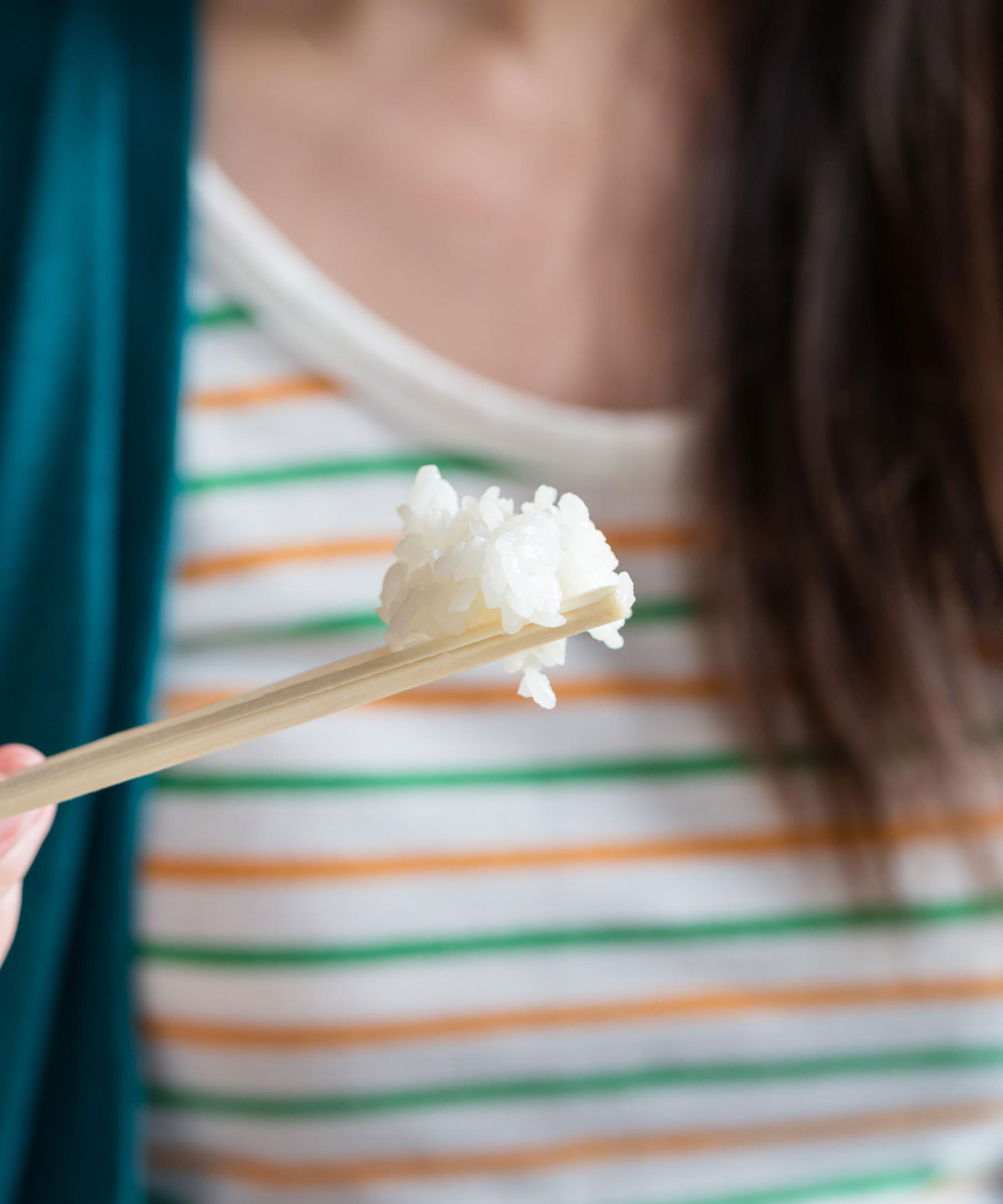
6. Barbecue ash
It is widely known that there are many uses for wood ashes in the garden. It is an excellent source of potassium, an important nutrient that helps plants flower and crop well.
Ash from grills and fire pits can also be added to the compost heap, but make sure you remove all traces of cooked food beforehand so you don't attract rats and flies. I like to sieve it using my garden soil sifter to make sure it is clean enough to throw on the heap. This Wazakura three-piece soil sieve set from Amazon would do the job well.
It's also important to wait for 48 hours to make sure it has totally cooled before adding it otherwise it will be a fire risk in very dry weather.
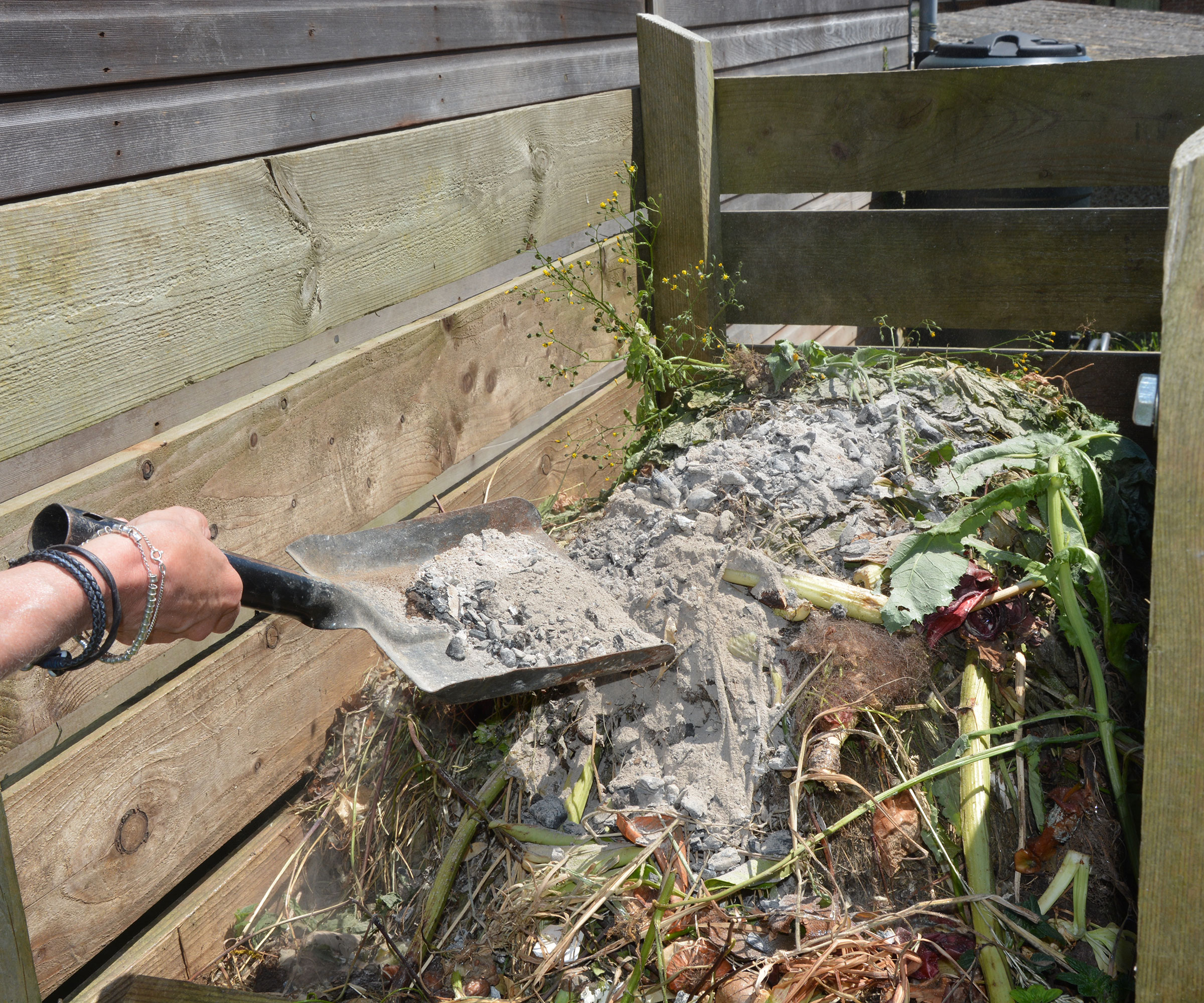
7. Chicken manure and pet bird litter
Chicken manure pellets, like these dehydrated pellets from Amazon, are one of the best all-round fertilizers, a quick, easy and economical way of adding nutrients to your soil in spring before planting.
If you have chickens, or you know someone who does, ask them for the dirty straw and droppings when they clean out their coop. Add it to the compost heap and let it degrade. Never add the bird poop straight onto the soil as the high levels of nitrogen will burn young plants.
You can also use the droppings from caged pet birds but, again, compost them before use.
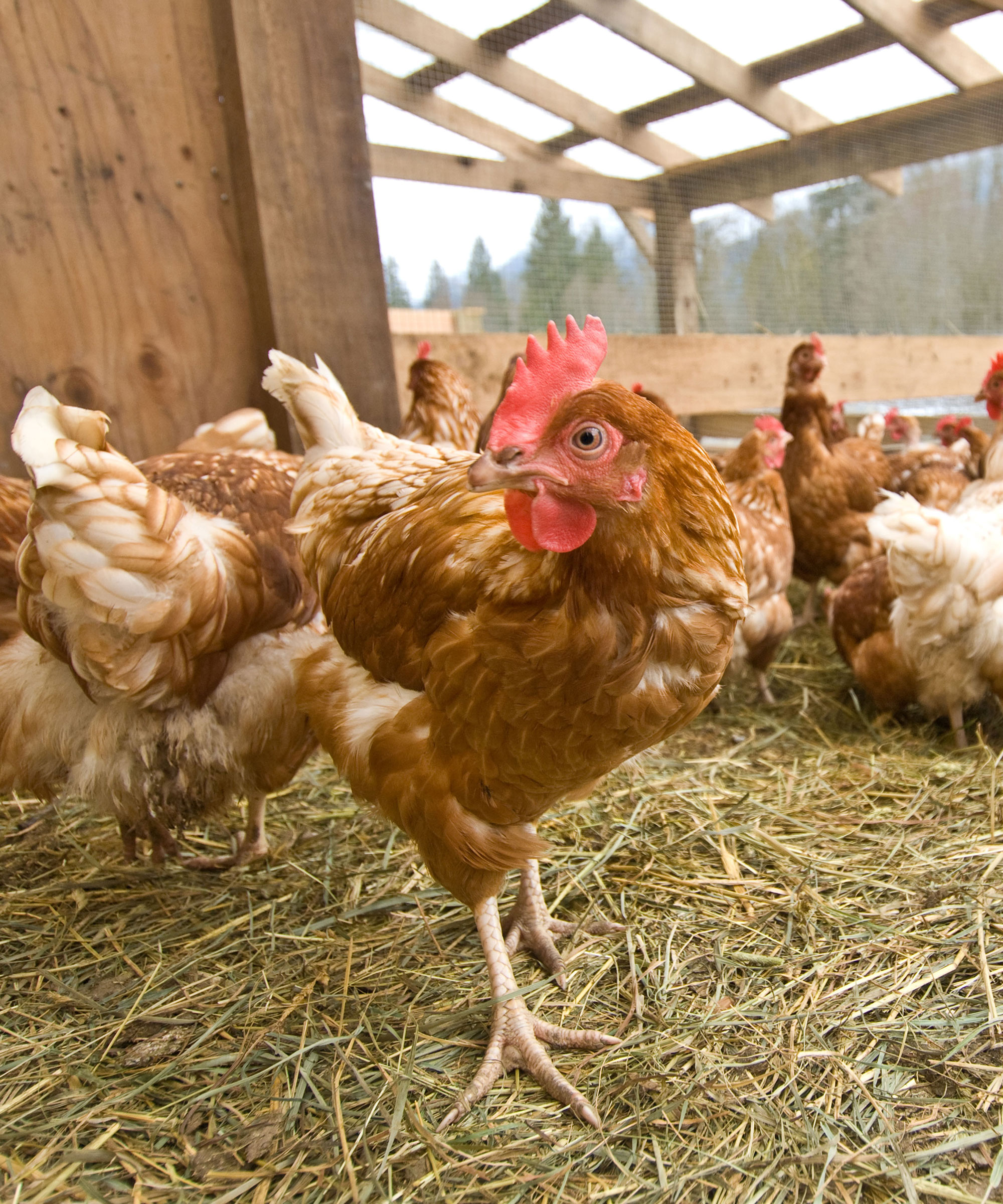
8. Droppings and straw from household pets
When you clean out the cages of small pets such as rabbits, guinea pigs, gerbils and mice that eat a meat-free diet, instead of throwing the mucky sawdust and straw into the bin add it to the compost heap.
It will quickly break down and the straw or sawdust is classed as a ‘brown’ material and will help the pile stay healthy and not too soggy.
Never add litter from meat-eating pets such as cats and never add dog mess to the compost heap as it will attract flies, vermin and disease.
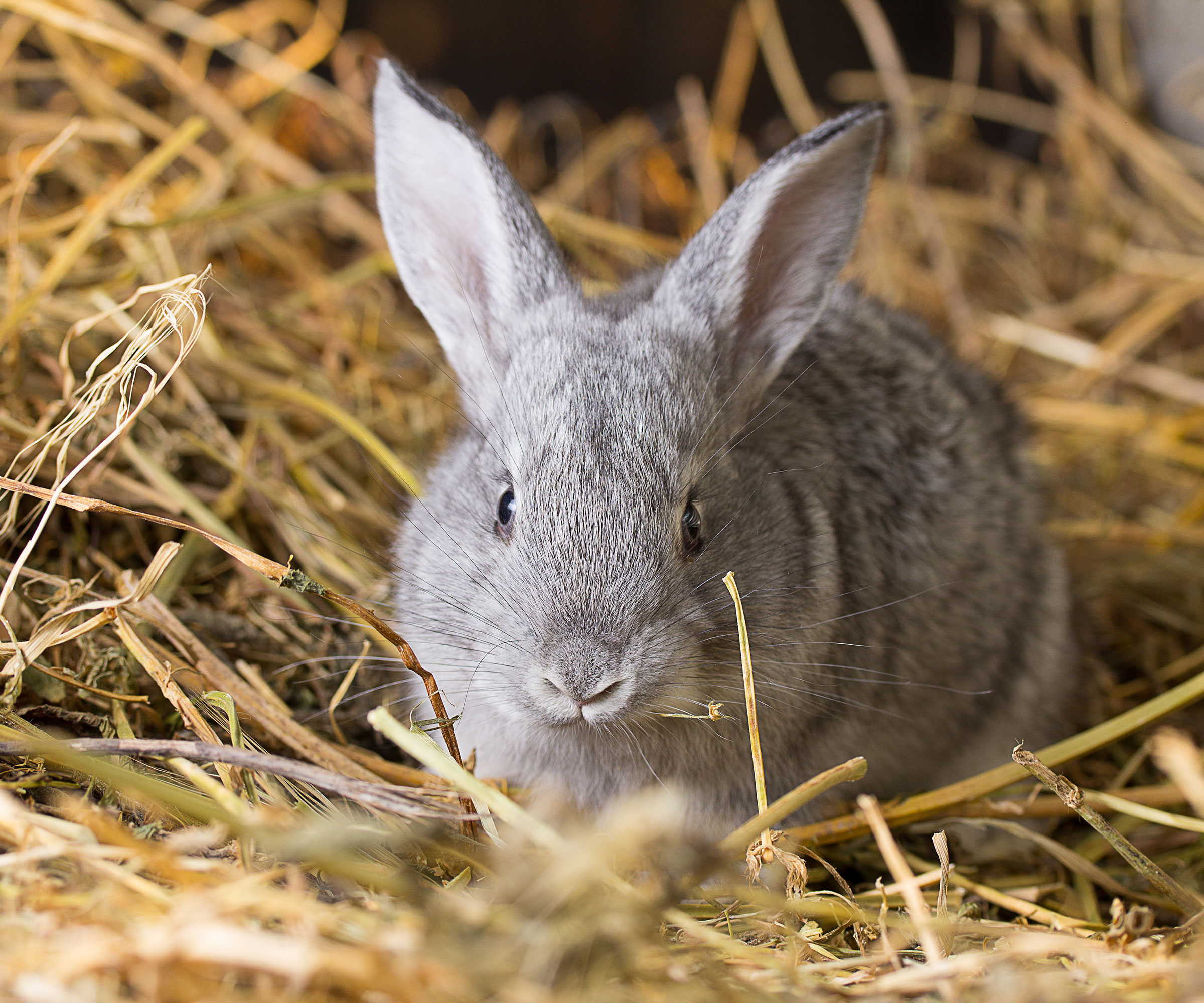
9. Algae and plants from fish tanks and ponds
When you come to clean out your fish tank, save the old weed and scrape the algae off the side of the aquarium and add it to the compost heap.
You can also add the aquarium water to the compost heap if the weather has been dry to help dampen the mix and speed up the composting process.
Pond plants can also be added, though leave them on the side of the water feature for 48 hours first, so any bugs and beasties living in them can escape back into the water.

10. Household paper
No matter how organized your home office, old household paperwork is bound to be piling up. If it is, have a declutter by composting it.
Old paid bills, paper napkins, clean pizza boxes, ancient school assignments, birthday cards and paper gift wrapping can all be shredded and composted.
Never add shiny, glossy paper to your compost heap as it contains plastic and won't break down.

While the traditional material options for your compost bin are always going to be a good bet, adding some more unusual options is a great way to give your homemade compost an extra boost. You'll soon develop a nutrient rich compost that's perfect for fertilizing and mulching plants to help them grow.







